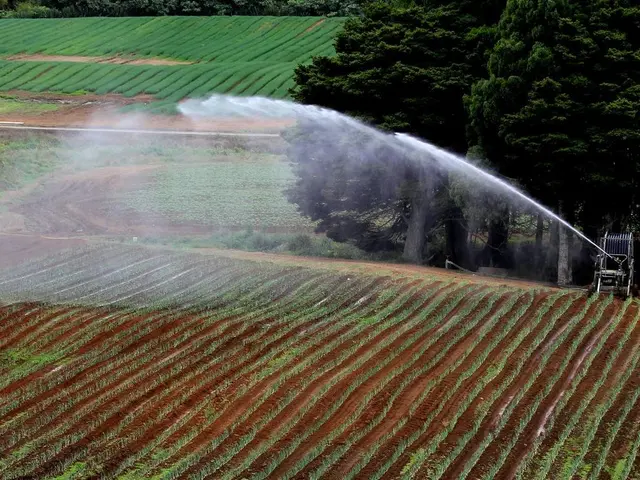Power Grid Infrastructure: Separating Truths from Falsehoods and Its Significance for India's Energy Future
Transmission lines, a crucial component of India's energy infrastructure, are often met with public resistance due to fears about health risks, forest loss, and impact on agricultural land. However, it's essential to separate fact from fiction when it comes to these concerns.
Transmission lines play a pivotal role in India's pursuit of energy security and a greener future. They enable the integration of renewable energy sources, reducing regional disparities in power supply, and supporting schemes like Saubhagya, Deen Dayal Upadhyaya Gram Jyoti Yojana, and PM-KUSUM.
India follows stringent EMF (Electromagnetic Field) norms regulated by the Central Electricity Authority (CEA). Contrary to popular belief, transmission lines pose no danger unless tampered with. Electricity cannot leap through air without a conductor, and EMF levels from transmission lines fall sharply with distance, often lower than those produced by household appliances.
There is no conclusive scientific evidence linking power lines to cancer. The World Health Organization (WHO) and the International Commission on Non-Ionizing Radiation Protection (ICNIRP) have stated that EMF from power lines at public exposure levels does not cause cancer.
For landowners, understanding transmission lines can provide potential land use considerations and opportunities. Farming, grazing, and certain types of low-height cultivation can continue under transmission lines, provided they adhere to the mandated safety clearance distances.
Compensatory afforestation is a legal requirement under the Forest Conservation Act for transmission projects. Modern planning methods in India's energy infrastructure have significantly reduced forest impact, as highlighted in a 2020 World Bank report. In the Northeast, the NER Power System Improvement Project used satellite data and drone technology to reduce tree felling by 40% compared to traditional routes.
Transmission routes are carefully planned to minimize ecological disruption and often allow for continued land use. Underground cabling is used in urban and eco-sensitive zones, reducing environmental intrusion and being explored for potential benefits in densely populated areas. Proper clearances are maintained during construction to ensure the safety of people and agricultural activities, allowing for safe coexistence with the infrastructure.
Transmission lines are instrumental in harnessing solar energy and lighting up remote villages. They carry electricity and contribute to progress and nation-building.
Landowners play a crucial role in supporting transmission projects by understanding the facts, advocating for informed energy decisions, and building trust in infrastructure that powers every corner of the country, brings light to every household, and electrifies India towards a prosperous future. By doing so, they contribute to the sustainable development and social acceptance necessary for these projects to thrive.
In conclusion, transmission lines are an essential part of India's green energy future. By addressing concerns with factual information and promoting sustainable development, we can ensure that these lines continue to power our nation's progress.








